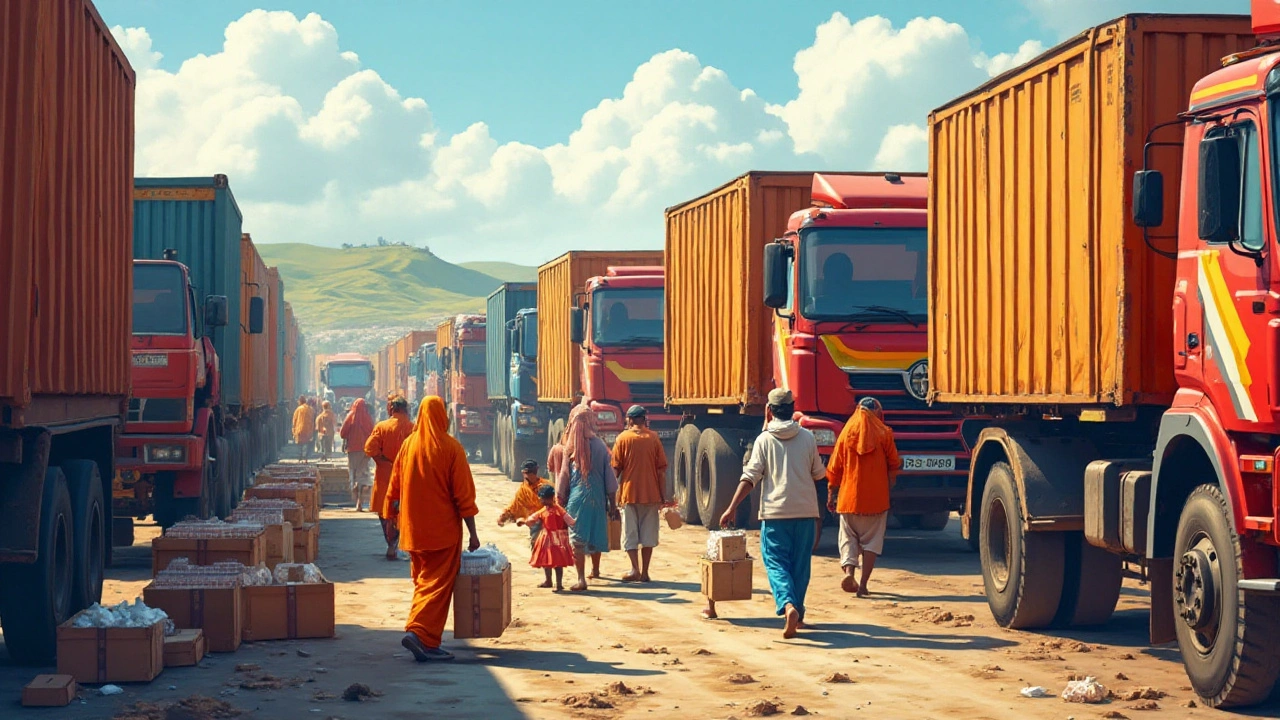Distribution Basics for Logistics and Bike Transport
When you hear the word “distribution,” you probably picture trucks loading and unloading pallets. In reality, distribution is the whole process of moving goods from a supplier to the customer. It includes storage, sorting, and the final push to the doorstep. Getting it right can mean the difference between a happy customer and a lost sale.
What Is Distribution?
Distribution starts after a product leaves the factory. It may go to a warehouse, a distribution center, or straight to a retailer. A distribution center is a big, climate‑controlled space where items are stored, repacked, and organized for quick shipment. Some centers use cross‑docking, meaning goods arrive and leave on the same dock without long‑term storage. This speeds up delivery and cuts costs.
In the bike transport world, distribution often means moving motorcycles from a depot to a showroom or directly to a buyer’s home. Because bikes are valuable and fragile, the distribution network has to handle them with extra care—proper straps, padded loading zones, and exact route planning are a must.
How to Choose the Right Distribution Strategy
First, look at your product size and weight. Small, lightweight items fit well in a standard warehouse, while big or high‑value items like bikes need a specialized center with secure racking. Next, consider delivery speed. If customers expect same‑day or next‑day service, a network of regional hubs reduces travel time.
Second, map out your customer locations. A well‑placed hub near high‑density areas can cut fuel costs and improve delivery reliability. For bike transport in Chennai, positioning a hub near the port and major highways makes the most sense.
Third, think about technology. Modern distribution centers use barcode scanners, real‑time tracking, and simple software dashboards. These tools let you see where every item is, reducing errors and giving customers accurate ETA updates.
Finally, factor in cost. Renting a large warehouse is cheaper per square foot, but you may pay more for longer transport routes. A mixed approach—small local hubs for fast deliveries and a big central depot for bulk storage—often balances cost and speed.
To sum up, good distribution is about matching the right facilities, technology, and routes to your product and customer needs. Whether you ship a handful of motorcycles or thousands of parcels, the same principles apply: store smart, move fast, and keep the customer in the loop.
Start by auditing your current flow. Note where items sit too long, where delays happen, and which routes cost the most. Then test a small change—like adding a regional hub or using a cross‑dock—and measure the impact. Small tweaks add up, and before long you’ll see faster deliveries, happier customers, and better profit margins.
